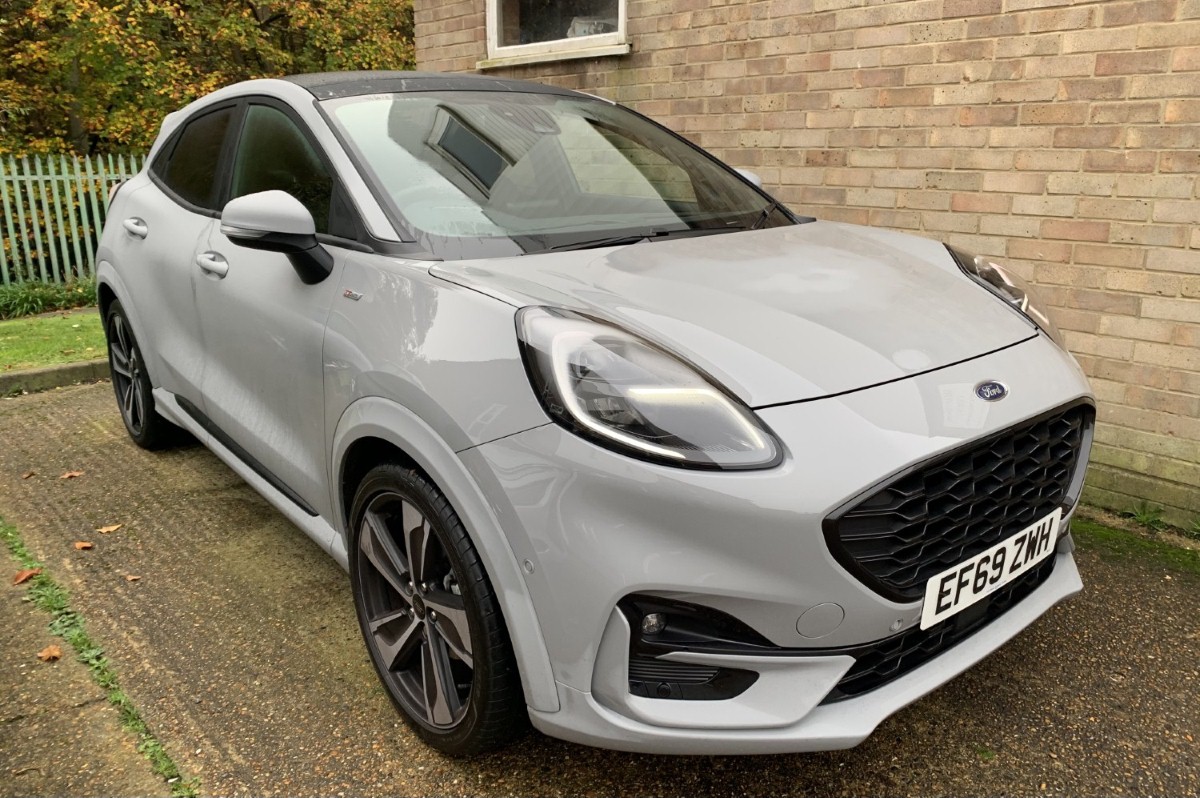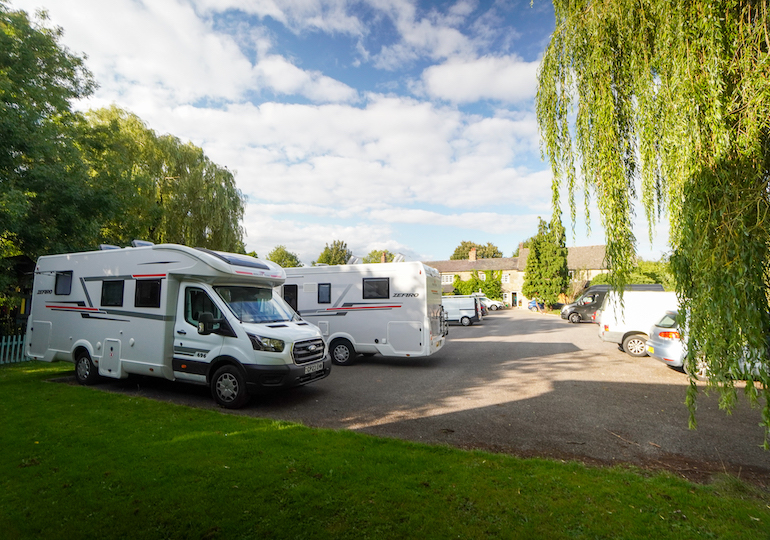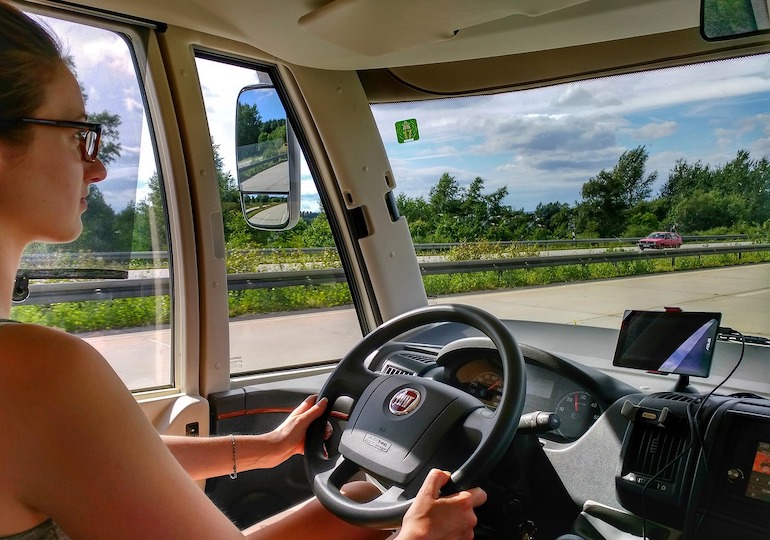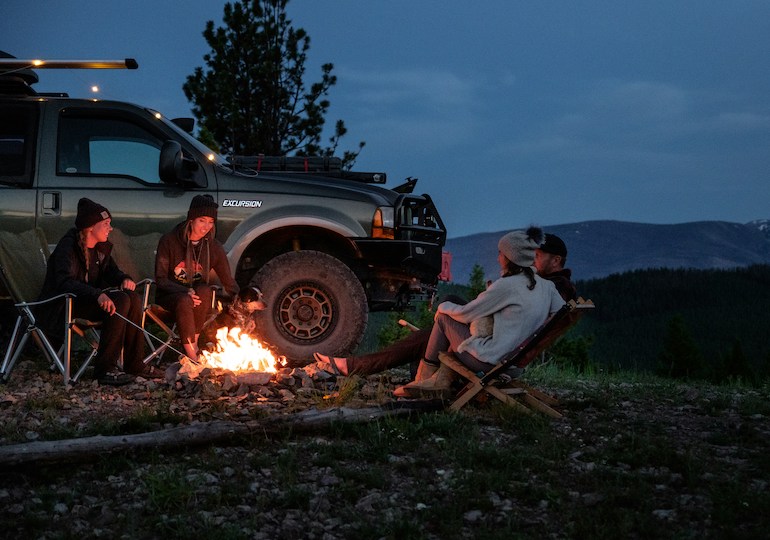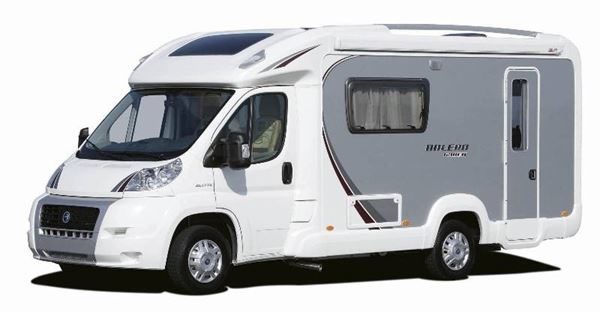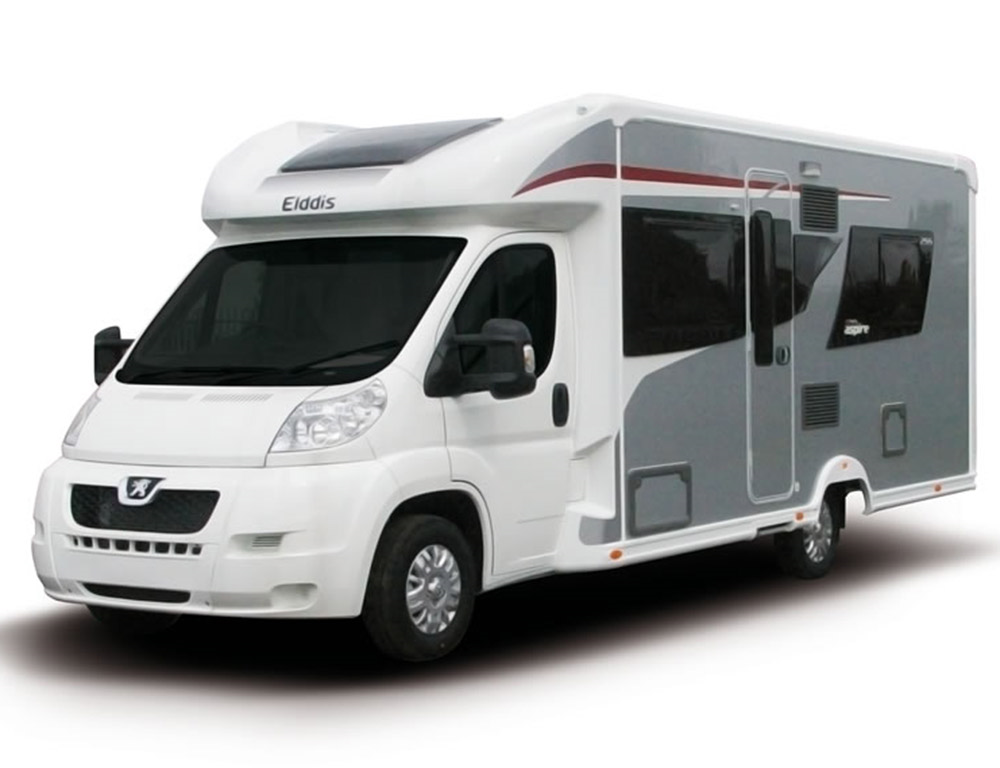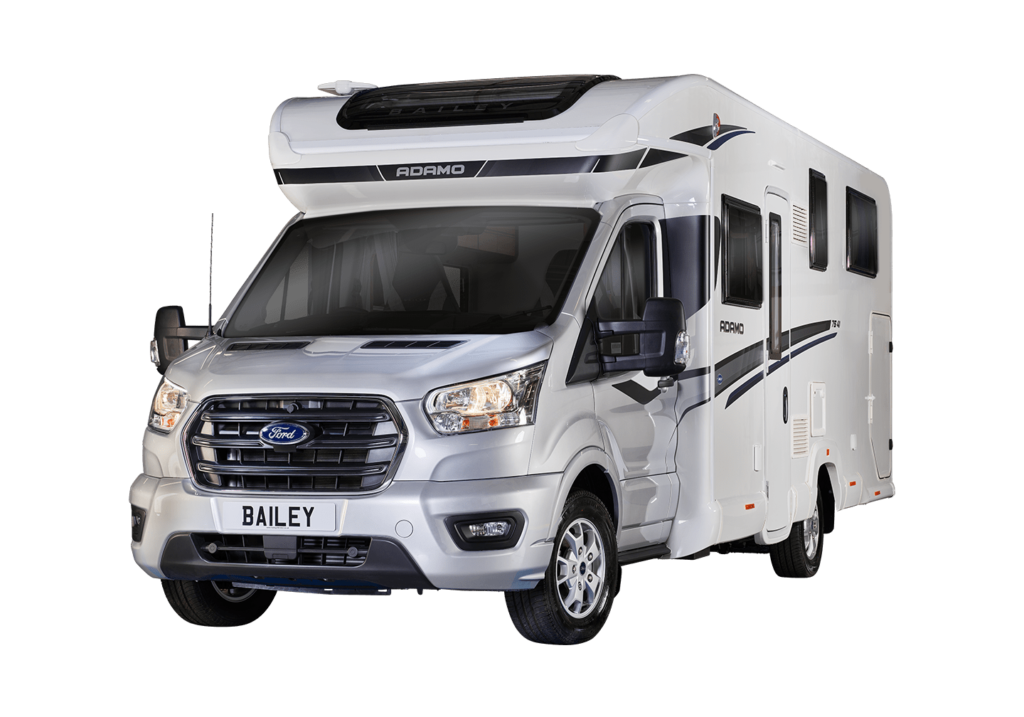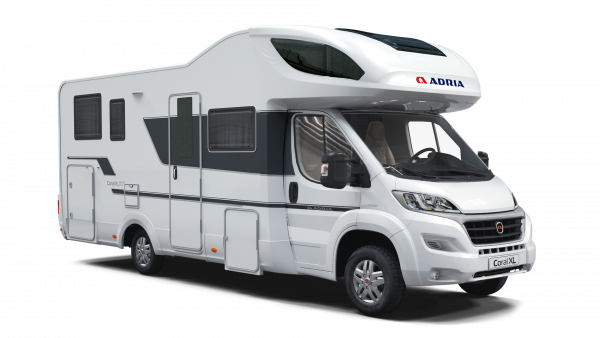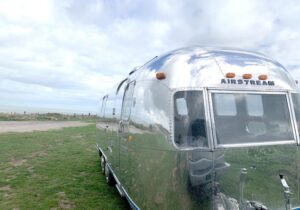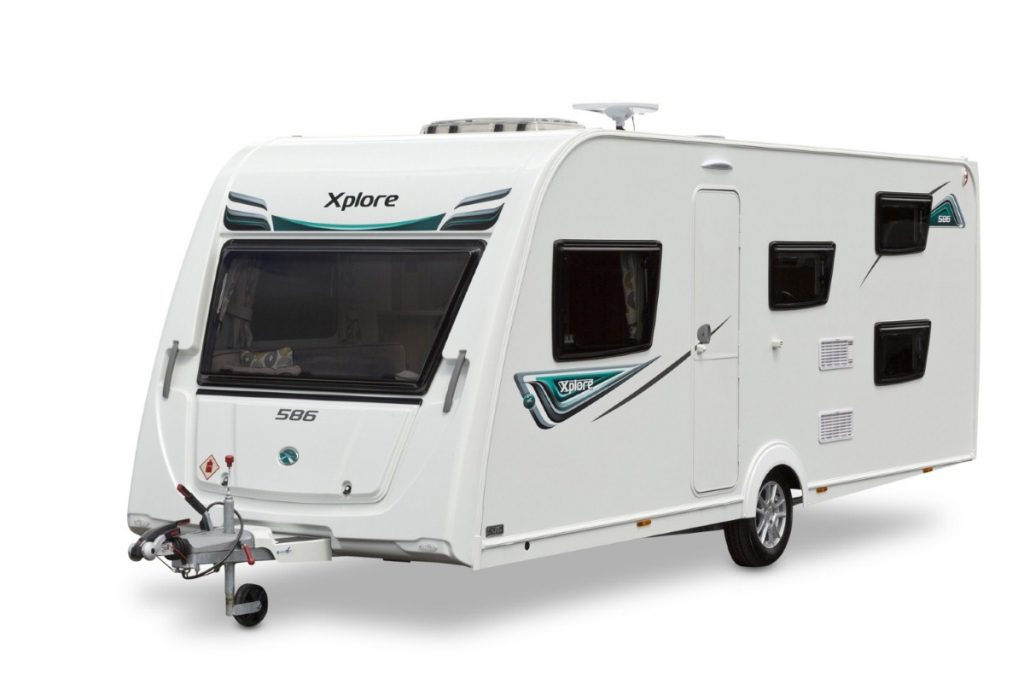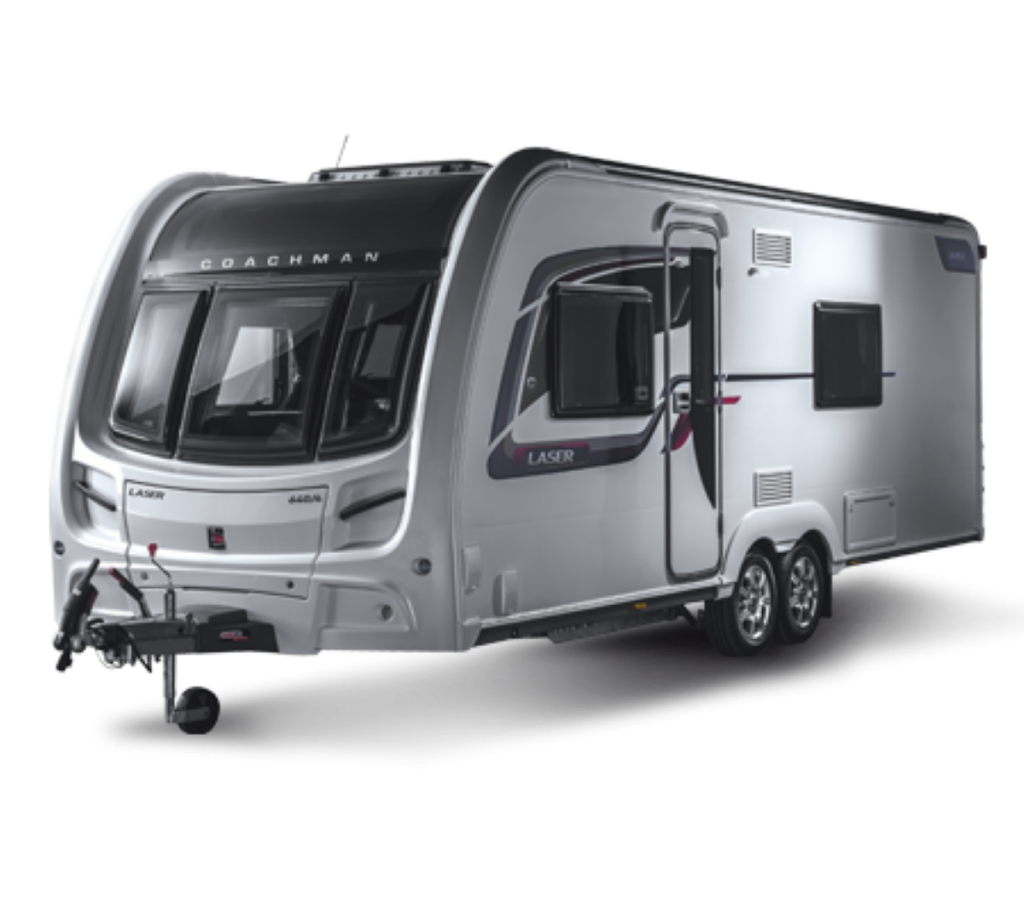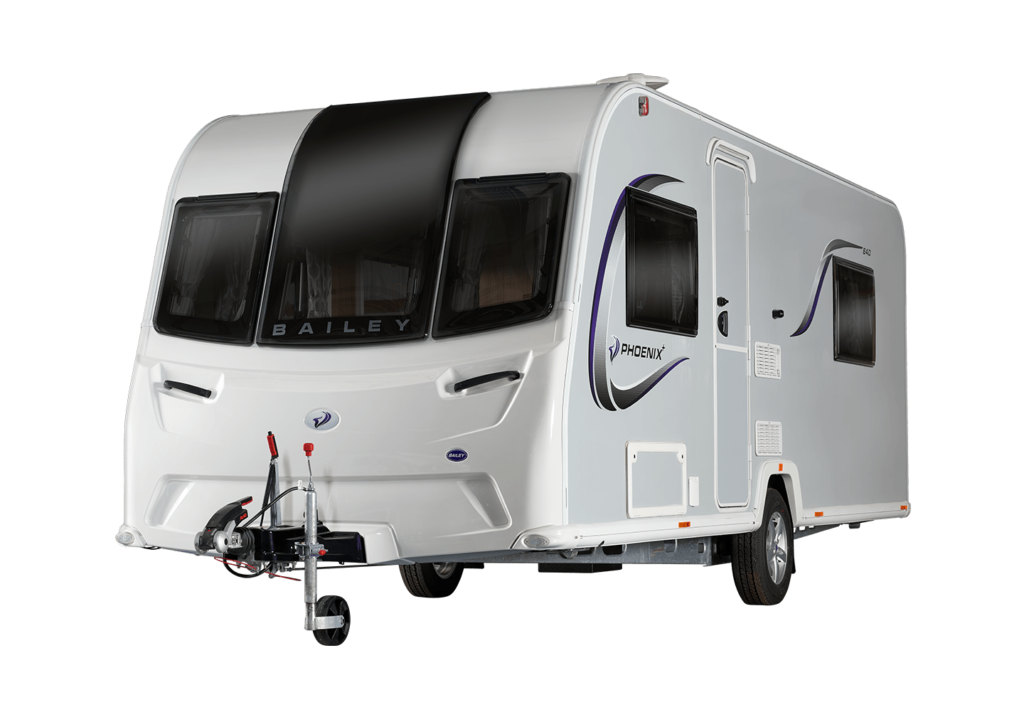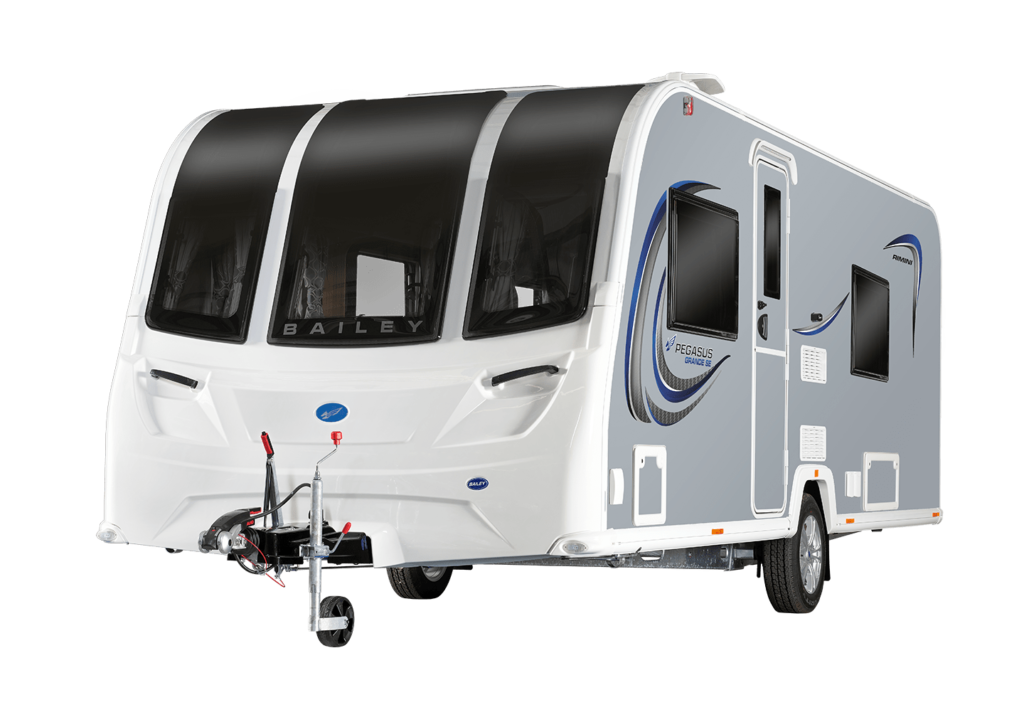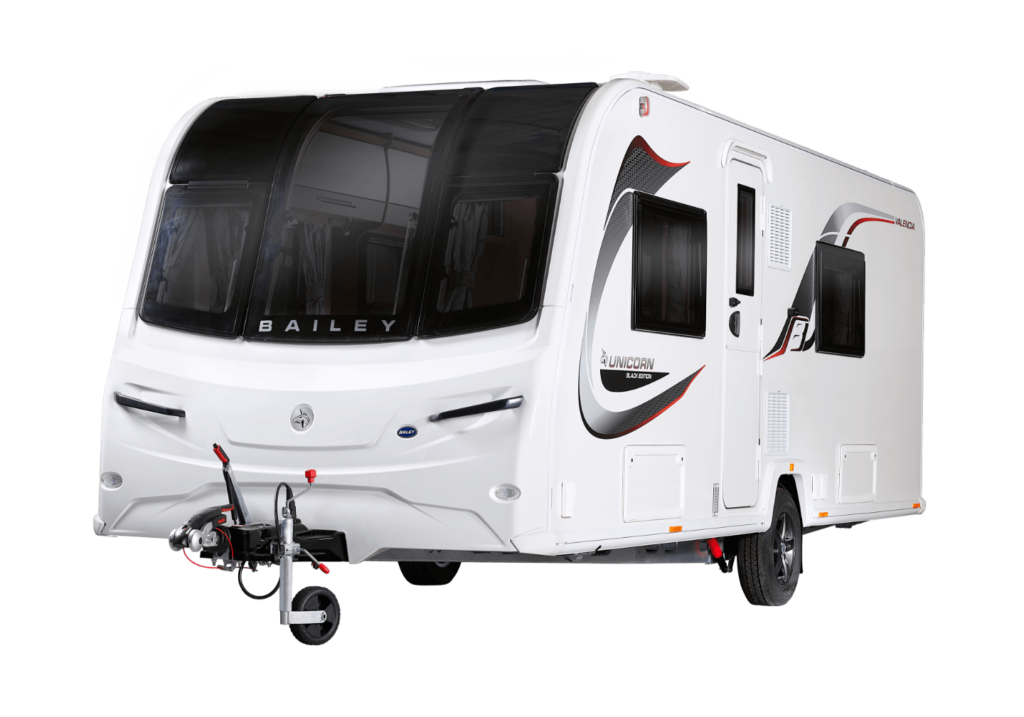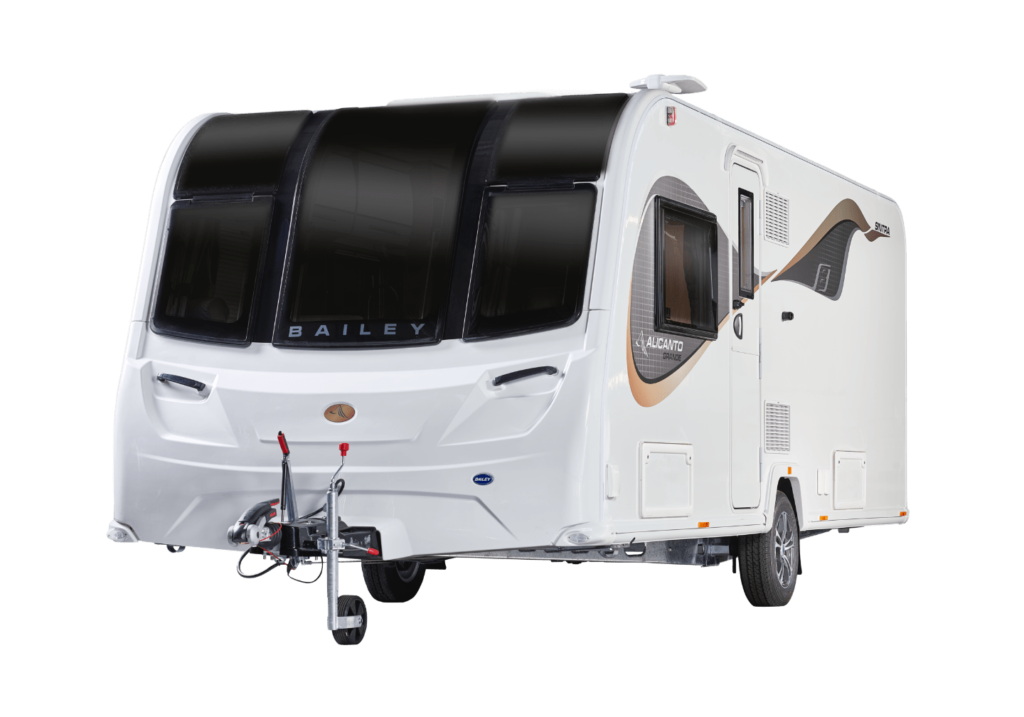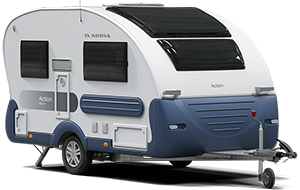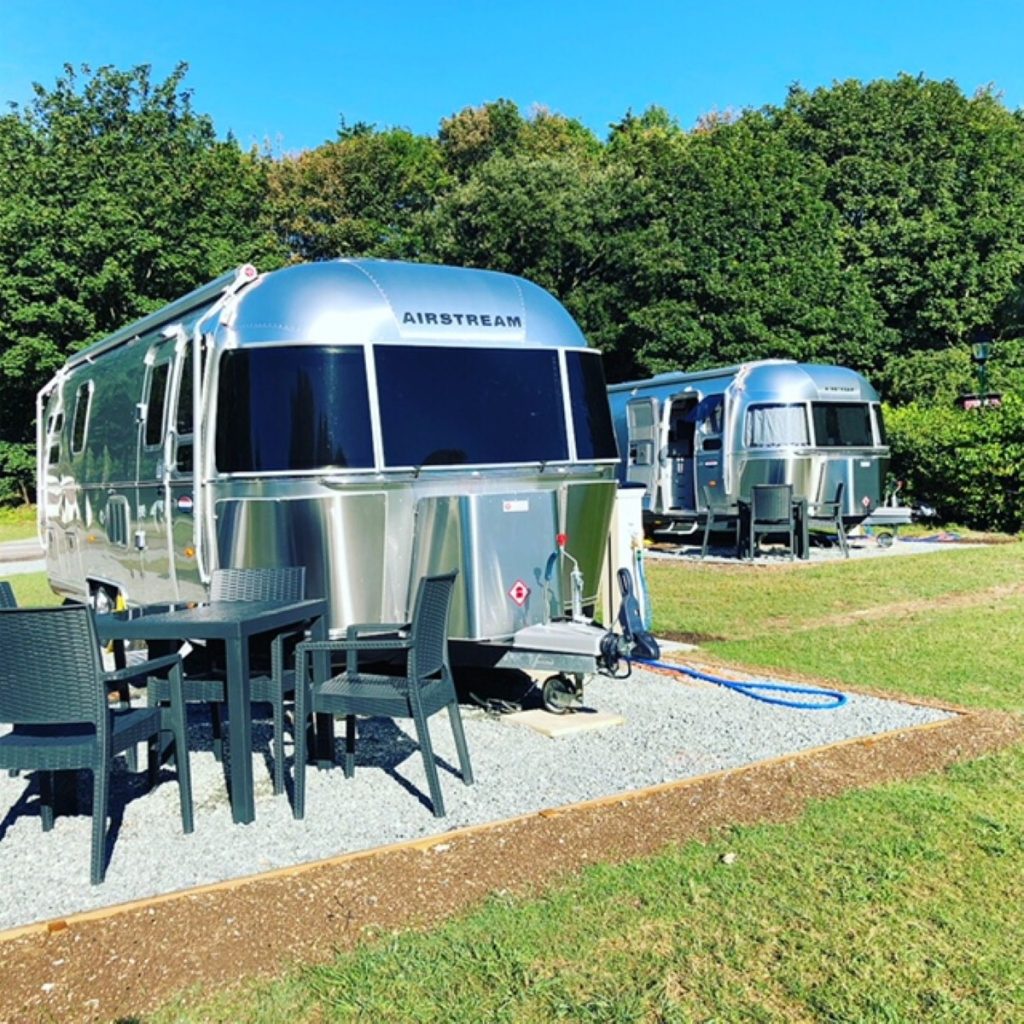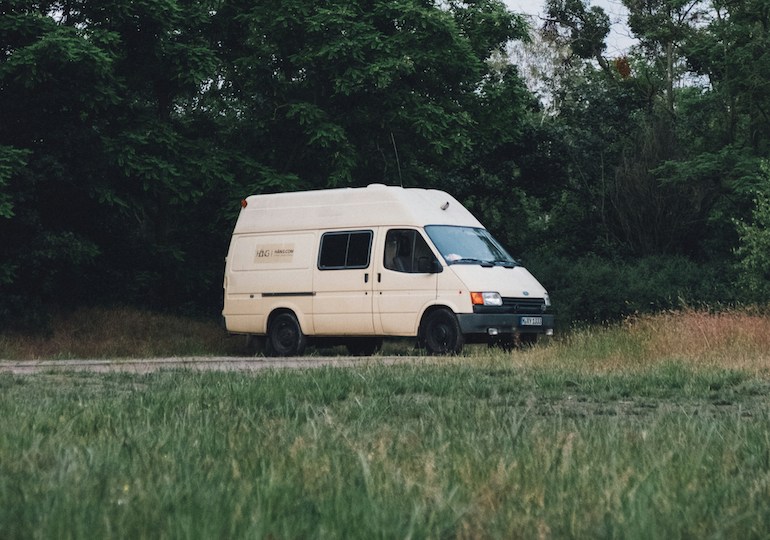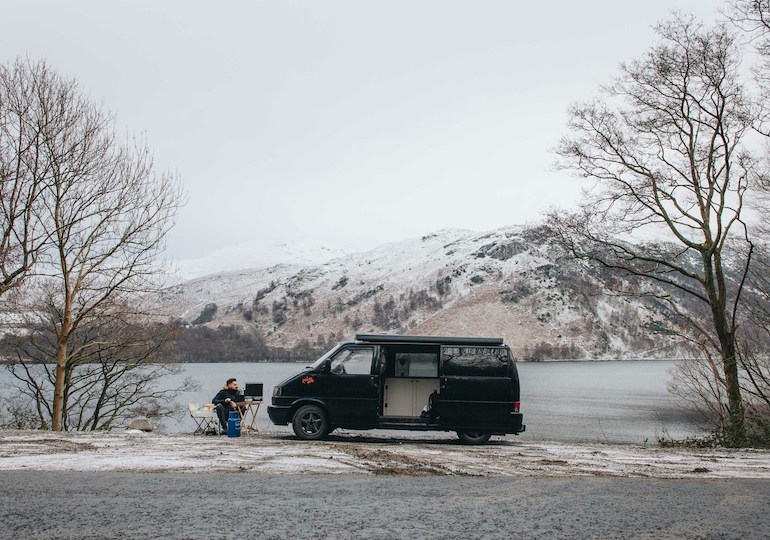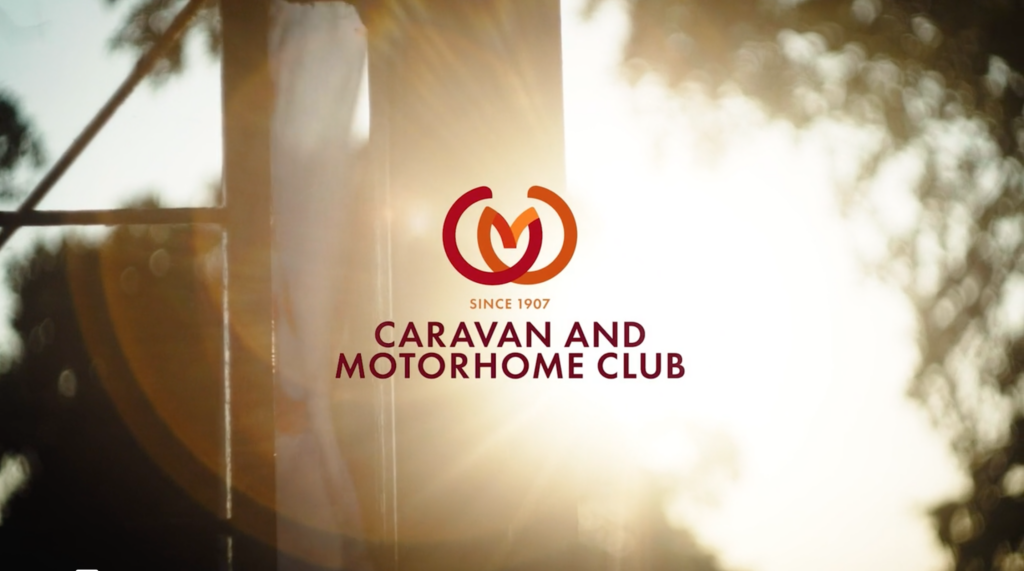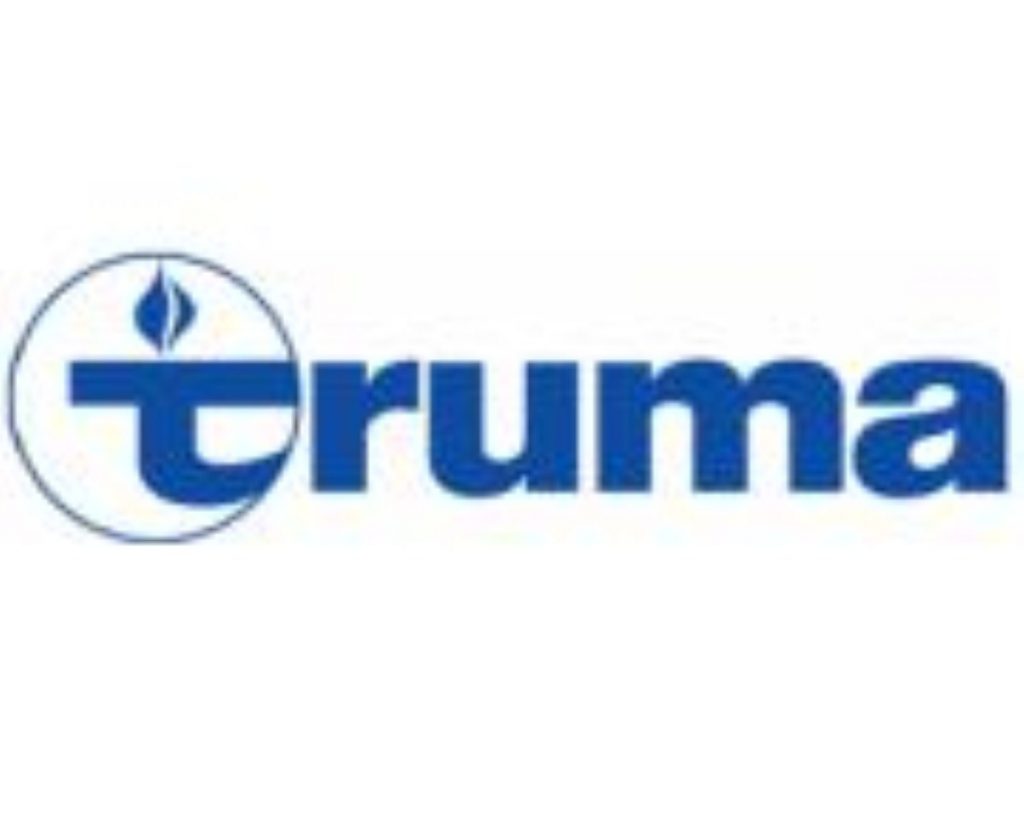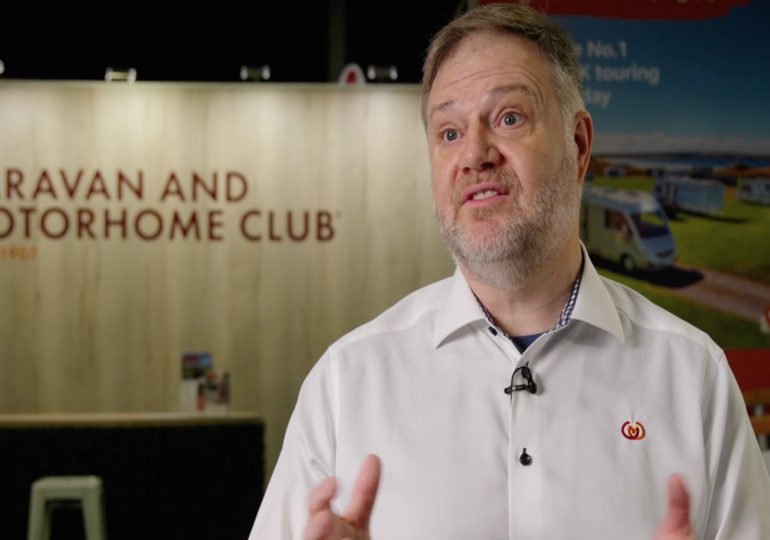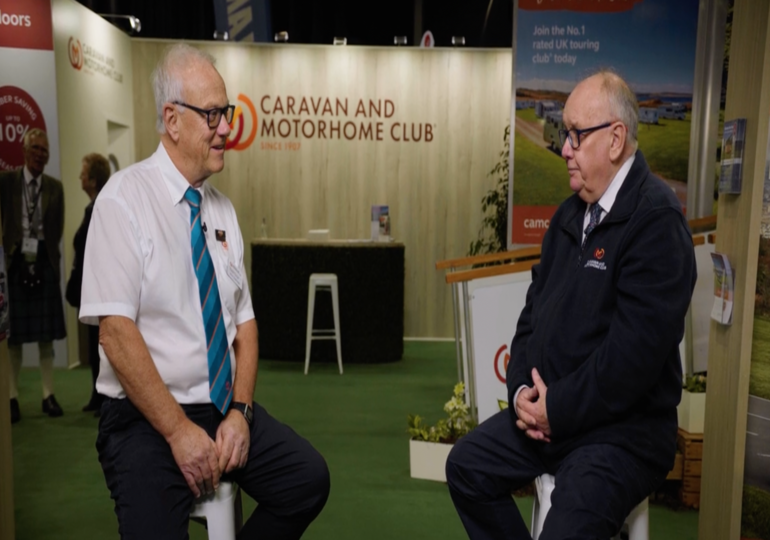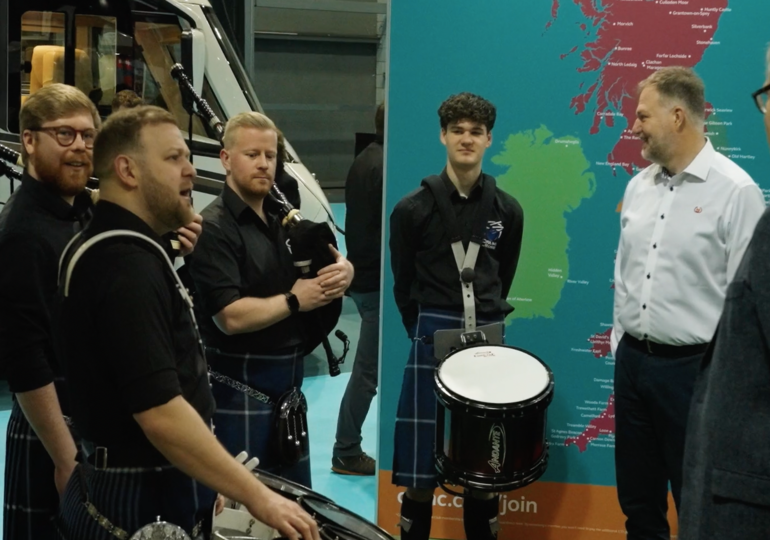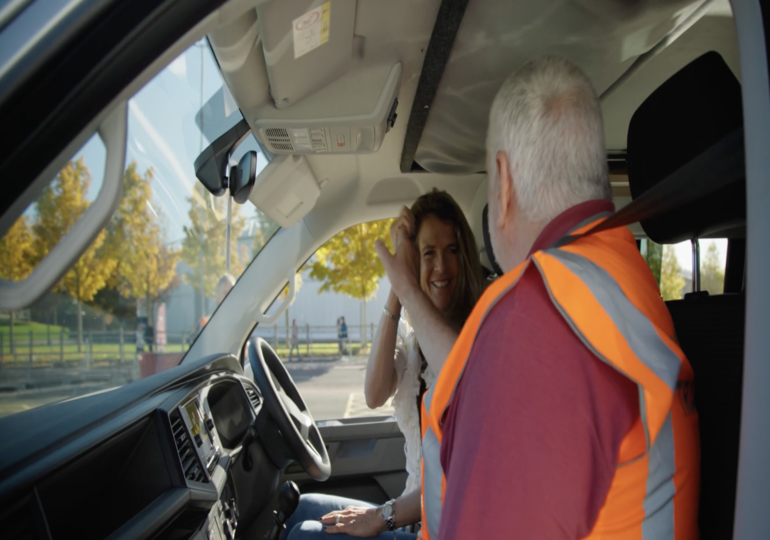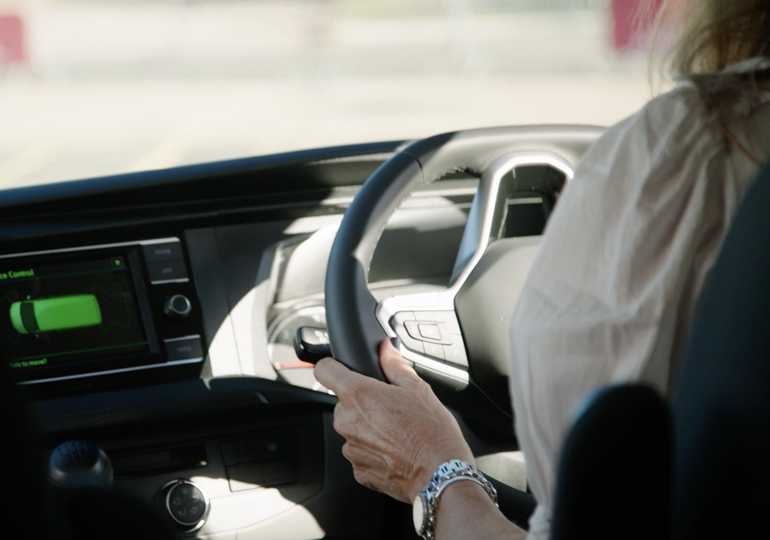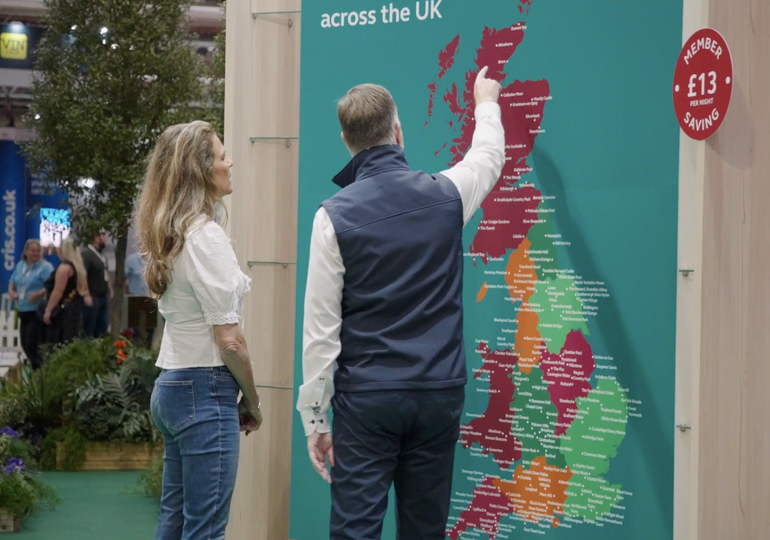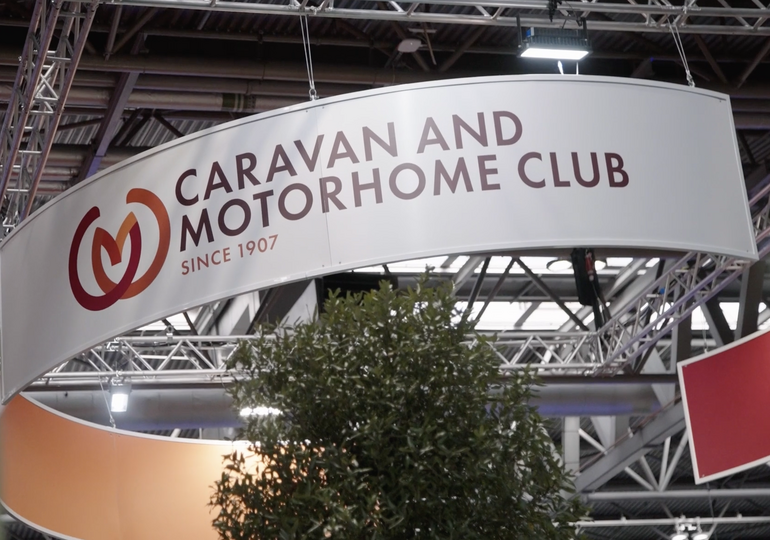By William Coleman
Tow cars come in all different shapes and sizes. Some people like a large 4×4, some like an estate car, and then there’s those who opt for a saloon model. Well, how about a 1.0 Ecoboost hybrid Ford Puma?
When browsing which tow car we’d like to get our hands on, we were looking at Audi, Land Rover, Volvo and various other common towing vehicles. One of the CaravanTimes team then suggested we see how a smaller engine car does, as we will soon have lots of people with a post-1997 licence hitching a caravan to their car.
Seeing as the future of motoring seems to be headed towards the hybrid and electric vehicle sector, we thought we’d try a lightweight eco-friendly tow car and test just what a low CC engine can do with a caravan attached.
There will be a lot of people who would never look at a Ford Puma as a tow car, due to its size and engine capacity. After putting the Puma to the test we were surprised at its performance and just how well it handled towing a caravan.
It’s models like this that may one day become the backbone of towing. Either that or UK driving licences need to change their weight allowances. What do you think is more likely, a law change or everyone who passed their driving test after 1997 taking, and passing, a B+E course? It seems as though lighter cars may be the logical option for future towing holidays.
Driving and handling
When reviewing a tow car, especially one of this size, it’s important to look at both towing and day-to-day driving. Most people use the same car for towing and commuting unless they’re lucky enough to have one vehicle for each. So let’s look at how the Puma handles without a van attached.
Ford’s smaller vehicles like the classic Fiesta and the ever-reliable Focus are extremely popular options across the UK. From the first time cars all the way to family and tow vehicles, Ford does it all. So where does the Puma sit?
For a one-litre model, the Puma really does pack a punch and people will be surprised at just how speedy this car is. You can quite easily get up to 30+ miles an hour and not even realise it. That’s the ST kicking in.
The six-speed manual gearbox provides 152 bhp with a top speed of 124mph, which is impressive for an engine of this size. On a full tank of petrol, depending on your driving style, you will get around 563 miles out the 42-litre fuel tank. That number is combined with the hybrid side of the engine too.
When driving, you will feel just how well the Puma sticks to the road. The manoeuvring is spot on, but being so lightweight we’d expect nothing less. Having driven a Focus, KA, Fiesta and even a Ford Mustang, the Puma is one of the smoother drives out of them all.
One thing we were not keen on is the position of the gear stick, it felt far away and out of place. At times we found ourselves searching for the gear stick as it was not placed in a natural position where you’d find it on most cars or vans.
Aside from the oddly placed gear stick, our driving time was good. We especially enjoyed the miniature tank feel that the Puma has. If you like a fun smaller car that is economic to run and looks great then the Puma should be on your list.
Towing and loading
The Puma’s kerb weight is 1280kgs, so it is definitely one of Ford’s lighter models and is perfect for anyone who wants to tow a much smaller van.
With this tow car, you have a towing limit of 1100kg with a laden caravan attached. So you are quite limited to what type of caravan you can tow. For example, Bailey’s smallest van range is the Discovery, which comes in at 995kg, so you are not too far away from your limit with small entry-level vans.
If you want a larger touring caravan like a Swift Sprite Alpine 4, which has a MTPLM of 1218kg, you’ll need to look at a different tow car.
Towing smaller vans with the Puma is not going to be too much of an issue, but you may see high revs when going uphill. The engine copes well with the extra weight and at times the towing feels effortless. It is only when you start to face inclines you really see the limits of the Puma as a towing vehicle.
Interior, exterior and gadgets
This is a compact SUV and it looks like someone took a 4×4 and shrunk it down to a hatchback size. The shape and design is great and has all the modern trademarks of Ford. This is a vast improvement on previous models.
All of Ford’s ST models have a plush interior and can look a little boy racer-ish. These more modern cars are not as flamboyant as the ST models of 2005-2008.
It does have a lot of style inside and the flat-bottomed leather steering wheel and bucket seats with lumbar adjustment are both smart and comfortable.
If you like gadgets then you’ll love this car! The more we used the Puma the more we found. There’s even a wireless charging pad for your phone!
The stereo system has everything you need from Apple CarPlay to voice control and heating options.
Ford is known for its high-quality safety features and there are lots of these on board the Puma. The pre-collision assist works well and is not overly sensitive, and the autonomous emergency braking system could help you get out of incidents caused by other drivers.
Verdict
The Ford Puma is not your everyday tow car due to its size and weight limitations. It does very much have its place in the towing world, as it may serve the younger staycation lovers out there.
As we mentioned, there is a whole generation of caravan lovers who cannot legally tow a set up of over 3500kgs so these small cars and lighter caravans will be a big part of the leisure industry in years to come.
When the times comes for the younger generation to take over the towing world, the Puma should be a front-runner as Ford has made a great smaller towing car.
It’s an extremely fun car to drive but for bigger caravans, the Puma simply will not do the job.

